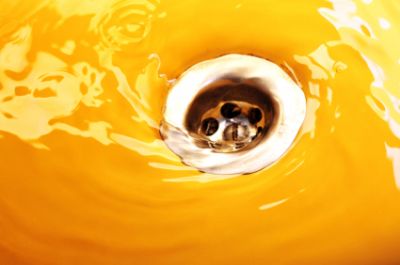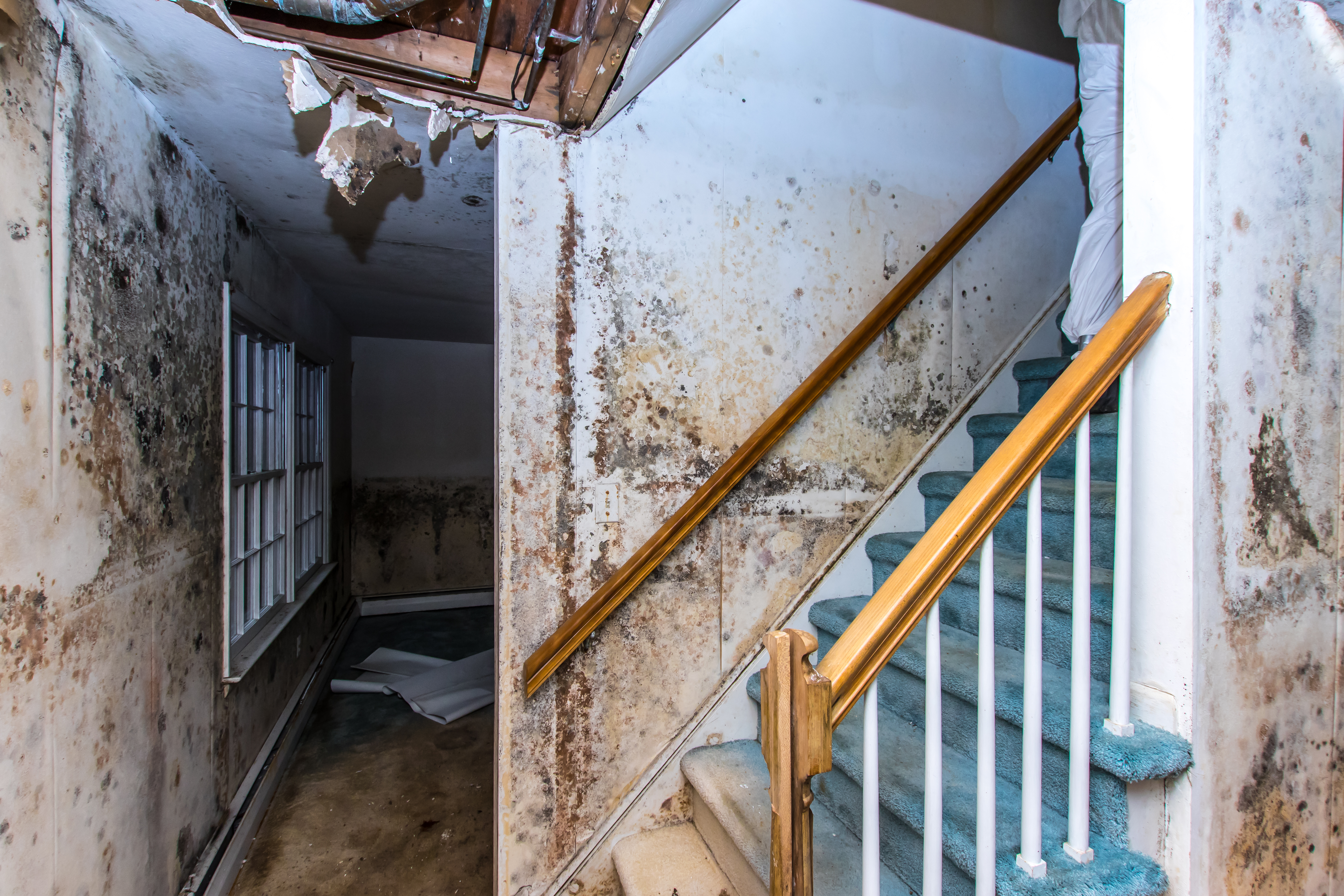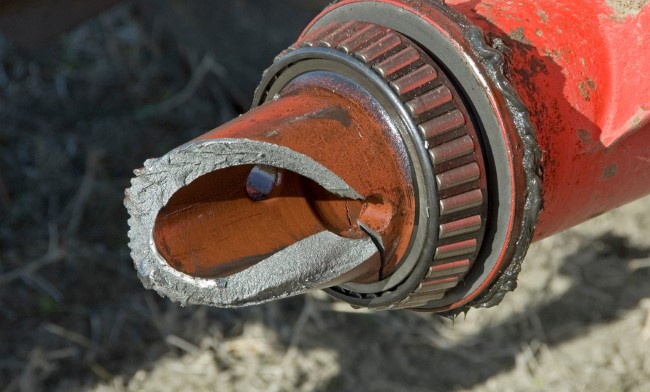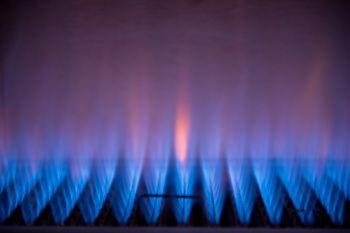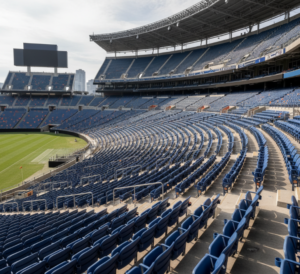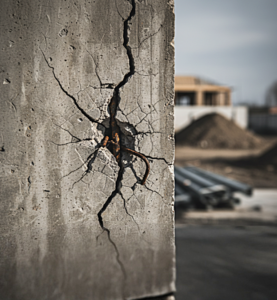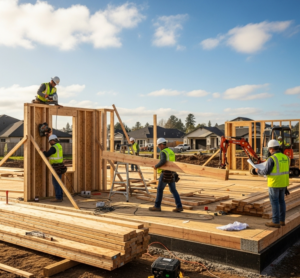The flow of air is as important as the flow of water.
Consider an office water cooler. The water that is leaving the water cooler tank to fill your glass is replaced with air. Most water coolers have a valve that lets air into the tank to equalize the pressure as the water is emptied out (You see bubbles going up into the tank but the stream of water stays steady). Without this valve, a vacuum forms in the air pocket above the water. The vacuum will first slow the water coming out. Then when enough water is emptied, the vacuum gets strong enough to force equalization by sucking air in through whatever access it has… in this case the water outlet valve you’re holding your glass under. That is where you get your gulping sound and uneven flow.
The plumbing system in any building is at the mercy of the same physics. We often think about water coming in to the building to supply the faucets and appliances, but we rarely think about its exit strategy. It just drains out, right? Well, yes…but it is a bit more complicated than that.
Drain lines from every fixture or appliance must have equal pressure to drain water freely. Traditionally, this equal pressure is accomplished by installing a “fully vented” system of drain pipes. The pipes are connected in such a way that they not only drain from the fixture to the sewer, but also go up and extend beyond the roof to gain access to pressure equalizing air. Ever notice the pipes sticking up on the back side roof of a house? That’s what those are. Although often combined into one main pipe that vents to the roof, they begin individually, one for every sink, toilet and water-using appliance. The pipes are vented to the roof because sewer gas has the potential to be flammable, poisonous and it most certainly stinks.
You may ask why the sewer gas is not drifting back up through the drain at the sink. It certainly would if it wasn’t for something called a “trap seal”. A trap seal is traditionally a J, S or U shaped pipe under the sink that traps a bit of water in its dip in the line. Water can still flow through, but the remaining water in the joint creates enough of a barrier to keep sewer gasses from drifting up through the fixture drain.
A properly vented drain pipe is normally at neutral air pressure (Compared to the surrounding atmosphere). When water is used (Say a toilet is flushed), a column of waste water flows through the drain pipe by gravity. The air in the pipe ahead of the waste water gets compressed, creating positive pressure. Simultaneously, negative pressure (suction) is created behind the waste stream. These pressure fluctuations are called pressure transients. These pressure transients move around at the speed of sound, appearing at different places within the system, depending upon what is draining where. A properly installed and maintained pipe venting system will provide an escape for excess pressure and introduce air within the pipe when needed, considerably mitigating these pressure transients.
If this air venting system is not properly in place, the suction from the negative pressure can siphon out water in the trap seals above the flow (Remember the water cooler getting air from any source available?), allowing noxious sewer gasses to enter the building. The positive pressure downstream can blow waste water past the trap seal into the fixture along with dire hygiene and health consequences. Tall buildings are particularly susceptible to positive pressure problems.
You may notice that the word, “Traditionally” was used a couple times in this article. That is because there is new technology that allows for options other than an open air “fully vented” system.
Air admittance valves (AAV) are negative pressure-activated, one-way mechanical vents. They are connected near each fixture, opening and allowing additional air into the drain pipe system when sensing negative pressure. They close when sensing a positive pressure situation, thus greatly reducing positive transient generation. Using AAVs can significantly reduce the amount of venting materials needed in a plumbing system, increase plumbing labor efficiency, allow greater flexibility in the layout of plumbing fixtures, and reduce long-term roof maintenance problems associated with conventional vent stack roofing penetrations because there is no need to run a vent line to the roof.
A Positive Air Pressure Attenuator (P.A.P.A.) is basically a device that can temporarily absorb pressure. Properly placed P.A.P.As or series of P.A.P.As can help control the rate of air flow within a system. As positive pressures are a bigger problem in larger or multi-story buildings, Positive Air Pressure Attenuators can be used in conjunction with Air Admittance Valves to provide a complete venting solution for these more complicated drainage venting systems. Ask a few plumbers about these new technologies and you are likely to get mixed responses. The traditional venting method is approved in all States, while the approval for newer venting methods and technology is dependent upon jurisdiction.
Drainage System Accidents can seem simple at first, but can quickly escalate to the complicated. Especially with larger or very tall buildings, the problems can be costly and affect many people and businesses. CED engineers are qualified to evaluate drainage waste venting systems as well as credibly opine on the relevant codes and standards that apply to these systems.
Featured Engineer: GREGORY J. PAULSEN, P.E., CPE, C.F.E.I.
Submit a case or claim online.
Contact a CED Engineer in your region.
